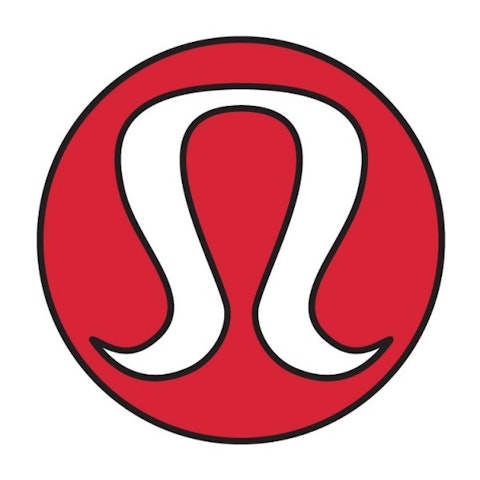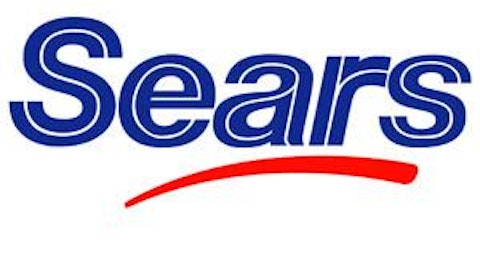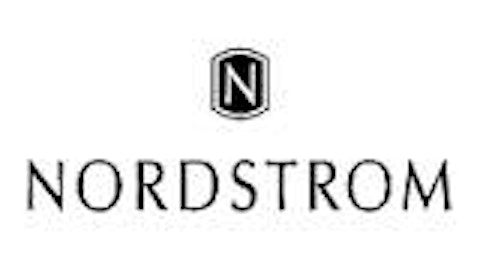
From an enterprise value standpoint, Lululemon is worth double that of apparel rival Under Armour Inc (NYSE:UA). While they do not possess astronomical brand value, or as high growth expectations as Lululemon, Under Armour does have higher sales in dollar terms and a much wider customer base.
While Lululemon’s consumers are mainly women (specifically professional, young and athletic), Under Armour has a deeper market that encompasses both sexes and multiple income levels. This diversity in customer base allows Under Armour more room for error in case of a branding misstep, such as a poor product launch or entry into an unsuccessful market. When held to standard of operational perfection, as Lululemon’s shares are priced, Under Armour looks cheap and the more reasonable pick of the two for an investor versus a trader.
“Our success depends on our ability to maintain the value and reputation of our brand.”
This is the first risk factor quoted from Lululemon’s latest 10-Q, and it tells the whole story for the company’s future prospects. Hot brands are hot until they’re not. Just ask John McCarvel, CEO of Crocs, Inc. (NASDAQ:CROX), about the importance of keeping a brand relevant. From 2006-2008, sales at the shoe company exploded, as the endearing plastic footwear appeared on beach-goers and weekend warriers all over the world. Crocs stock price followed higher, and peaked at an enterprise value over $4 billion in October 2008.
But the Great Recession forced consumers to trim expenditures and competition increased. Knockoff Crocs were available in every Dollar General and Wal-Mart in sight, and consumers were not willing to continue paying for the brand. The company was forced to discount in order to move inventory and brand perception was permanently damaged. While still relevant in certain niches, Crocs is not what it was during their glory days. The company’s value has shrunk to $1 billion today.
A growing list of non-believers has suggested that Lululemon’s powerful brand has somehow “brainwashed” shoppers into buying $100 yoga pants. Short sellers make up 25% of Lululemon’s share float, and they have a compelling argument as expectations are sky-high. Any change in these expectations that resulted in lower earnings would send the share prices lower, and shorts would continue to pile on in CROX-like fashion.
So what will maintain and improve the brand’s perceived value for consumers?
Expanding into swimwear and men’s polo shirts will help introduce new markets. But most importantly, the brand needs to stay relevant to its current affluent customer base. While Lulu continues to improve their reputation among their core users and beyond, expect sales and higher share prices to follow. But get out of the stock’s way once you notice those Groove Pants at 25% off.
The article The Cult of Lululemon originally appeared on Fool.com and is written by Spencer Houlihan.
Copyright © 1995 – 2013 The Motley Fool, LLC. All rights reserved. The Motley Fool has a disclosure policy.





